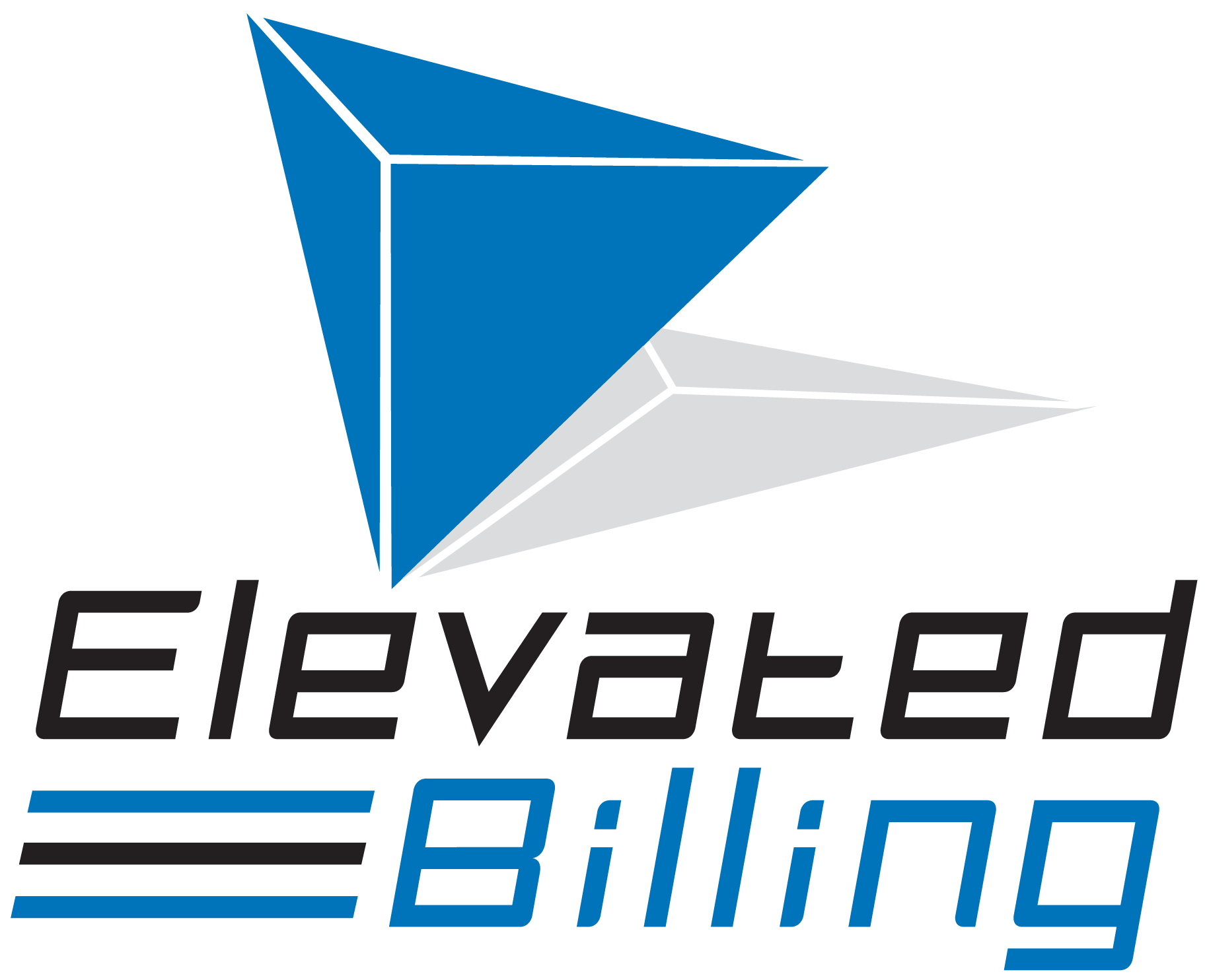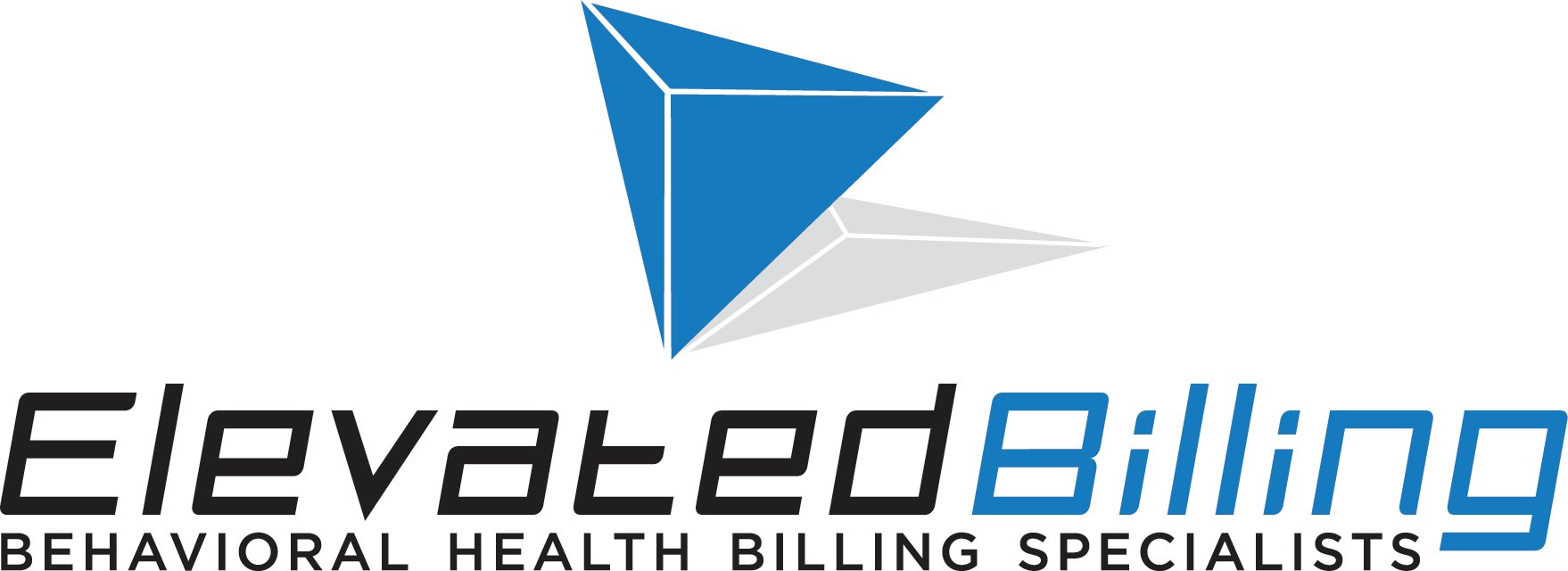Insurance companies seem to have a different idea of what is a medical necessity than the average person.
Clients that are desperately seeking treatment for a mental illness or substance abuse may not fit the criteria for insurance coverage.
Medical Billing companies, like Elevated Billing Solutions can make a huge difference on advocating for clients in need of care due to their knowledge of medical necessity classifications.
I recently read an article posted by Mental Health America on things to do if an individual insured person seeking mental health services was denied services. Here is what they stated:
1. Know the facts (what does your policy state about access to treatment? What is medical necessity?)
2. Keep good records (document communication)
3. Be factual, thorough, and persistent (put in the time and effort required)
4. Enlist outside help, if needed (doctor’s office, employer, trusted friend)
These seem to be pretty simple guidelines, however I realized it would take a lot of patience, and know-how, to stick with a detailed and specific process to advocate for oneself. It seems the same would be true for a therapist advocating for a patient/client’s benefits. It led me to ask the following questions:
- How many of us will take or have the time to decipher “the facts?”
- What records would we need?
- Just what does effective “factual and thorough” knowledge include? How long is persistent defined as?
- Do I really need to consider that a “doctor, or a trusted friend” would be needed to sort things out? Would an insurance ombudsman really represent clients?
There seems to be more reasons to hire a capable and proven billing company to assist with the navigation through what can seem like a maze of benefit acquisition. Still, how can we work most effectively with our partners in billing?
I remember going to Social Work Day at the Utah legislature one year to attend a workshop in working with legislators. One thing I most remember being said was “we have to learn their language, and be willing to speak it in order to be heard.” Wise counsel, as I believe it works as well with obtaining care for our patients from those who provide the insurance coverage.
So what is the language? How can we be heard when advocating for mental health services for our clients?
One area to be aware of is being thorough in describing the mental health diagnosis. And that comes from using the Diagnostic and Statistical Manual, the most recent being the DSM –V. The DSM is important because getting insurance coverage for a mental health condition depends upon meeting the DSM diagnostic guidelines. As a mental health provider, then, I can use my skills to best serve my client through careful assessment and applying the diagnosis that’s going to bring the most beneficial outcome.
Knowing which conditions are covered is primary. But there is another criteria to be met: that of “medical necessity.” This is a language with more than one meaning. Braslow, et al, noted that health insurance policies often define medical necessity differently from the way a physician uses the term. Insurance companies rely on medical directors who may refer to standard protocols or previously authorized diagnosis versus patient specific information.
However, the common criteria used are as follows:
- Severity of the illness
- Intensity of services
- Continued stay criteria
An additional consideration is made by the American Association of Community Psychiatrists (AACP) as they recognize that the definition and determination of medical necessity is unique in community mental health settings. “Several principles relevant to the definition of a medical necessity intervention include:
- There is an identifiable or suspected DSM-IV psychiatric diagnosis
- An intervention should be consistent with community standard of care
- The intervention is likely to achieve at least one of the following:
- Prevent deterioration.
- Alleviate symptoms.
- Improve level of functioning.
- Assist in restoring normal development in a child.
- An intervention is determined by clinical need, not by convenience
An intervention should incorporate patient and family choice. Care should be directed by a licensed health care professional
Three major reasons underscore the need for a careful process of decision-making on whether a service is medical necessity:
- Knowledge regarding health care changes over time; new treatments emerge continually, especially for persons with disabilities, genetic disorders, chronic illnesses, serious mental health disorders, and other special health care needs.
- Children, youth, and adults with disabilities (such as mental retardation, developmental disabilities, genetic disorders, chronic ill- nesses, or serious mental health disorders) often encounter physicians and others who are not familiar with the outcomes of new treatments.
- Developmental considerations must be integrated into medical necessity determinations.


